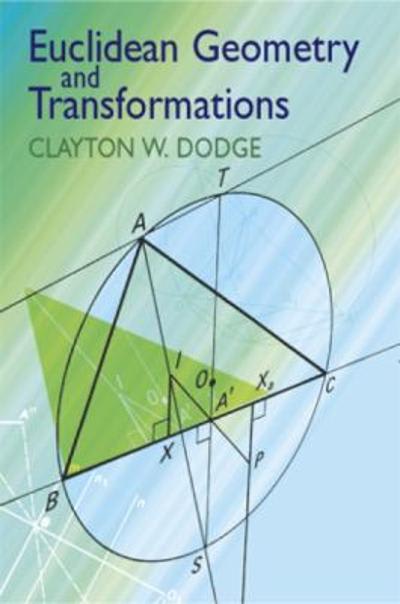Question
The following results come from a dataset that contains information on a random sample of 534 U.S. workers surveyed in 1985.The dataset contains information about
The following results come from a dataset that contains information on a random sample of 534 U.S. workers surveyed in 1985.The dataset contains information about the hourly wage (in U.S. dollars) and the sex of each of the workers surveyed, as well as information about each worker's age (categorized into 4 quartiles), union membership, job type (collapsed into 8 different categories), marital status (married or not), and occupational sector (3 categories). You are interested in assessing the relationship between hourly wages and sex in the population of workers from which the sample was taken.Forty-six percent of the sample is female, and the overall average hourly salary for the 534 workers is $9.00 per hour (in 1985 dollars).
You are reviewing the following set of salary mean difference estimates comparing female and male workers.The first estimate is the unadjusted association, and the subsequent estimates in the table have been adjusted for the characteristics listed.
Table 1: Unadjusted and Adjusted Mean Salary Differences for Sex
Index Estimate SE1 Estimate is Adjusted for:
A -$2.12 $0.44 (unadjusted)
B -$2.14 $0.43 Age
C -$1.99 $0.43 Age, Union Membership
D -$1.92 $0.43 Age, Union Membership, Job Type
E -$2.01 $0.43 Age, Union Membership, Job Type, Sector, Marital Status
1 Standard Error of the Mean Difference
- What two groups does the unadjusted mean wage difference (A) compare?
- The mean hourly wage for males in the sample is $9.99/hour.What is the mean hourly wage for females in the sample?
- Compute and report a 95% CI for the unadjusted mean difference in hourly wages for females compared to males.
- What two groups mean does the mean wage difference, adjusted for age and union membership (C) compare?
- Compute and report a 95% CI for the mean difference in wages for females compared to males adjusted for age and union membership.
- What two groups mean does the mean wage difference, adjusted for age, union membership, job type, sector and marital status (E) compare?
- Compute and report a 95% CI for the mean difference in wages for females compared to males adjusted for age and union membership, job type, sector and marital status.
- What is the maximum difference between the unadjusted mean difference in wages and the four adjusted estimates?
- How do the 95% CIs for the five mean differences (A-E) compare: do they all overlap, or do some of the 5 not overlap with each other?
- Do these results suggest that the original, unadjusted mean difference in salaries was mainly attributable to at least some of the factors used for adjustment in the above table?
- Do these results show that the relationship between hourly wages and sex is modified by age?
Step by Step Solution
There are 3 Steps involved in it
Step: 1

Get Instant Access to Expert-Tailored Solutions
See step-by-step solutions with expert insights and AI powered tools for academic success
Step: 2

Step: 3

Ace Your Homework with AI
Get the answers you need in no time with our AI-driven, step-by-step assistance
Get Started


